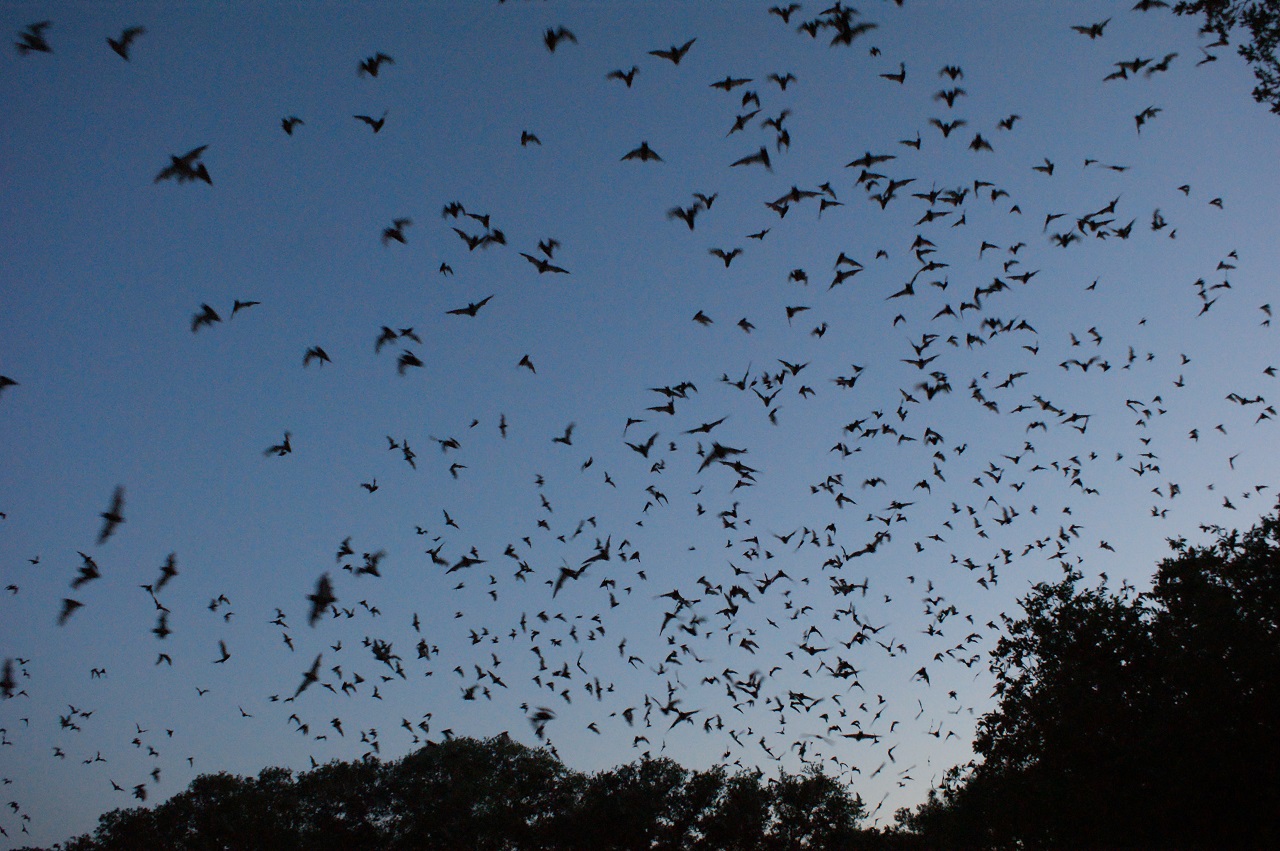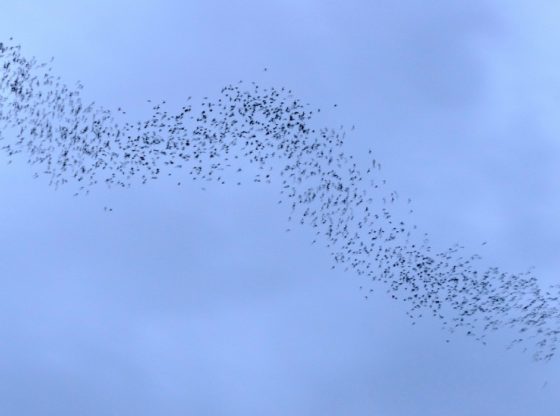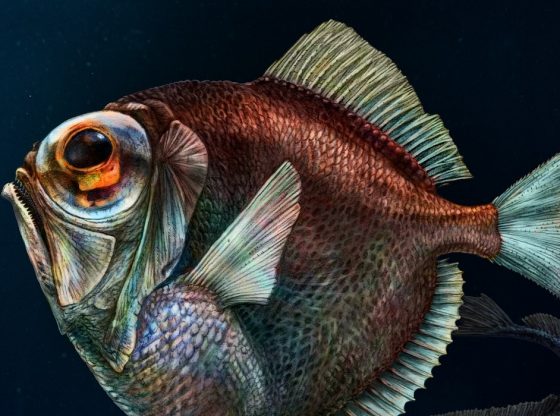Bats are usually described as nature’s master flyers, but they have a particular problem; flat surfaces.

Bats use high-frequency sounds to quickly identify obstacles to allow perfect navigation in pitch darkness.
But they risk crashing into vertical flat surfaces such as windows, since smooth surfaces pose a particular concern during bat flight, according to a new study published in the journal Science.
It is the same phenomenon as with a mirror. When we stand straight in front of it, we see ourselves, but if the mirror is angled, we see another direction.
When the bats use their echolocation on a smooth surface, it only bounces back if the bat is located straight ahead so with the sound is arriving from a straight angle.
On the other hand, if the sound comes in from the side, the echo bounces in another direction. Resulting in that the bat perceives it to be free to fly ahead and can then crashes with the surface.
Human-generated structures now dominate much of the planet, but they have existed for but a blink of an eye from an evolutionary perspective. Animal sensory systems evolved to navigate natural environments and so may not always be reliable in anthropogenic ones. Greif et al. show that echolocating bats appear to perceive smooth vertical surfaces as open areas, a mistake that often leads to collisions (see the Perspective by Stilz). With millions upon millions of smooth vertical surfaces in our world today, such misperceptions could have considerable negative impacts on bat survival.
In contrast, the bats never hit the horizontal smooth surfaces, instead, the researchers noticed how they often dive down to what appears to be, attempting to drink – identifying the smooth horizontal water surface.
Reference:
Stefan Greif et al. Acoustic mirrors as sensory traps for bats DOI: 10.1126/science.aam7817











![OpenAI. (2025). ChatGPT [Large language model]. https://chatgpt.com](https://www.illustratedcuriosity.com/files/media/55136/b1b0b614-5b72-486c-901d-ff244549d67a-350x260.webp)
![OpenAI. (2025). ChatGPT [Large language model]. https://chatgpt.com](https://www.illustratedcuriosity.com/files/media/55124/79bc18fa-f616-4951-856f-cc724ad5d497-350x260.webp)
![OpenAI. (2025). ChatGPT [Large language model]. https://chatgpt.com](https://www.illustratedcuriosity.com/files/media/55099/2638a982-b4de-4913-8a1c-1479df352bf3-350x260.webp)








